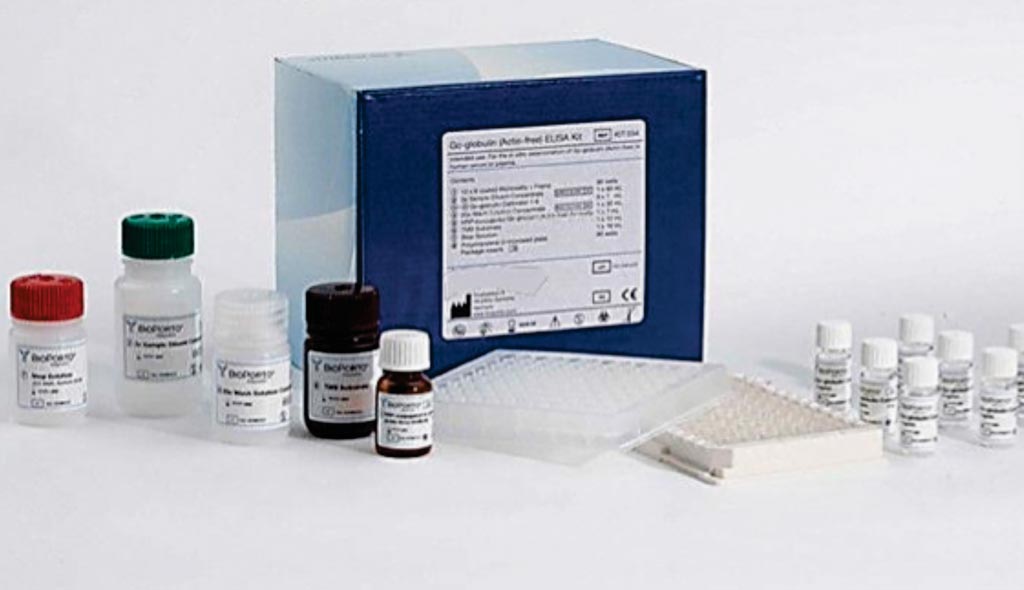New Heart Attack Test Better Informs Underlying Condition
By LabMedica International staff writers
Posted on 27 Mar 2018
The serum troponin assay is the biochemical gold standard for detecting myocardial infarction (MI). A major diagnostic issue is that some believe troponin levels can rise with reversible injury, in the absence of radiologically detectable infarct.Posted on 27 Mar 2018
Cardiac troponin is a protein unique to the heart, so elevated levels in the blood indicate that the heart has been damaged. The cardiac troponin blood test is still the current gold standard test used for the clinical diagnosis of MI or death of heart muscle due to lack of blood supply, but the test does not indicate the extent of cardiac damage.

Image: A cardiac troponin I sandwich enzyme-linked immunosorbent assay (ELISA) kit (Photo courtesy of Cell Biolabs).
Medical scientists at the University of Alberta Faculty of Medicine & Dentistry (Edmonton, AB, Canada) hypothesized that because cell death activates intracellular proteases, troponin released by irreversible infarct will be more proteolyzed than that released by milder processes. Their goal was to quantify proteolytic digestion of cardiac troponin I in patients with varying degrees of myocardial injury.
The team analyzed serum or plasma samples from 29 patients with cardiac troponin I elevations for proteolytic degradation, using three different sandwich enzyme-linked immunosorbent assays (ELISAs) designed to specifically detect the N-terminal, core, or C-terminal regions of cardiac troponin I. As predicted, the degree of proteolytic digestion increased with increasing severity of injury, as estimated by the total troponin level, and this trend was more pronounced for C-terminal versus N-terminal degradation. The highest degree of proteolytic digestion was observed in patients with ST-elevation MI; the least, in type 2 MI which is supply–demand ischemia rather than acute thrombus formation.
The authors concluded that the proteolytic degradation pattern of cardiac troponin I may be a better indicator of clinically significant MI than total serum troponin level. Distinguishing between intact and degraded forms of troponin may be useful for (a) identifying those patients with clinically significant infarct in need of revascularization, (b) monitoring intracellular proteolysis as a possible target for therapeutic intervention, and (c) providing an impetus for standardizing the epitopes used in the troponin I assay.
Peter M. Hwang, MD, an assistant professor and lead investigator of the study, said, “We postulated that when cells die during a heart attack, not only would they release troponin into the bloodstream, but they would also digest the troponin through the action of activated intracellular proteases, enzymes that digest other proteins. As predicted, we found that the degree of proteolytic digestion increased with increasing severity of heart injury.” The study was published in the February 2018 issue of the Journal of Applied Laboratory Medicine.
Related Links:
University of Alberta Faculty of Medicine & Dentistry




 assay.jpg)








